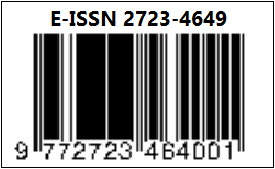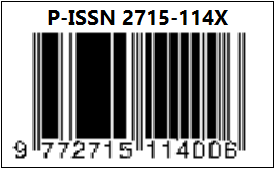PERAN GURU PENDIDIKAN JASMANI DALAM MEMBENTUK KARAKTER SISWA PADA MA. SEDESA MERTAK TOMBOK TAHUN PELAJARAN 2020/2021
DOI:
https://doi.org/10.55681/nusra.v2i1.69Keywords:
Teacher role,, Students characterAbstract
This entitled research was “The Role of Physical Education Teachers in shaping the character of students in MA at Mertak Tombok village”. This study aims to determine the role of physical education teachers in shaping the character of MA students at Mertak Tombok village. This type of research is descriptive research with a qualitative approach. The populations in this study were all physical education teachers in MA, at Mertak Tombok village, totaling 5 people. Sampling was done by total sampling technique. So the samples in this study were all physical education teachers who were in MA, at Mertak Tombok village, totaling 4 people. Data collection was carried out by means of a questionnaire. The data obtained is then processed using statistical techniques. From the results of the study, it can be concluded that there is a role for teachers of Physical Education, Sports and Health in shaping the character of students by exemplifying discipline, honesty, fairness, mutual respect and respect and exemplifying noble character in MA at Mertak Tombok village for the 2020/2021 academic year so that it can shape the character of students for the better. It is recommended that prospective physical education teachers who become a teacher must really carry out their duties as professional teachers who are active and creative in fostering students so that they become a generation of people who have good character that is beneficial to the nation and the state.
Downloads
Downloads
Published
How to Cite
Issue
Section
License
Copyright (c) 2021 Ashari

This work is licensed under a Creative Commons Attribution-NonCommercial-ShareAlike 4.0 International License.














